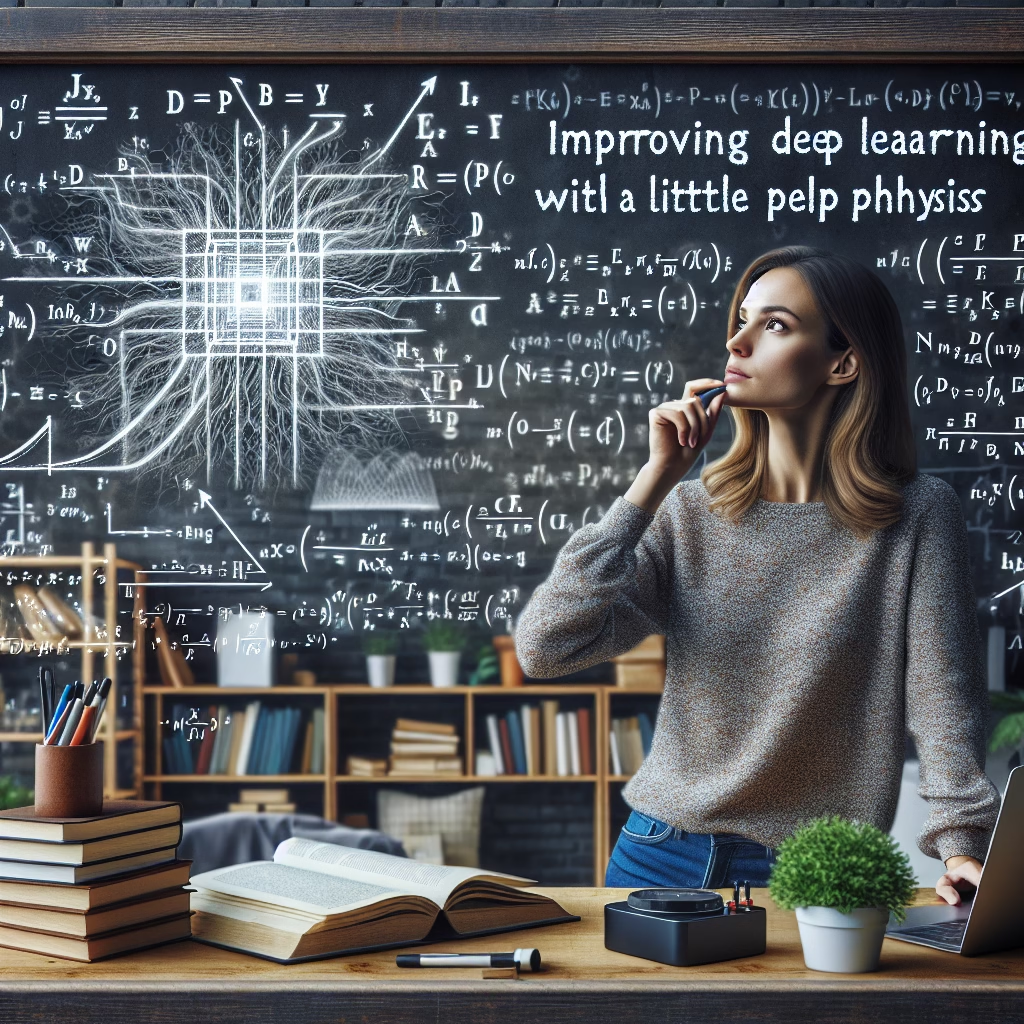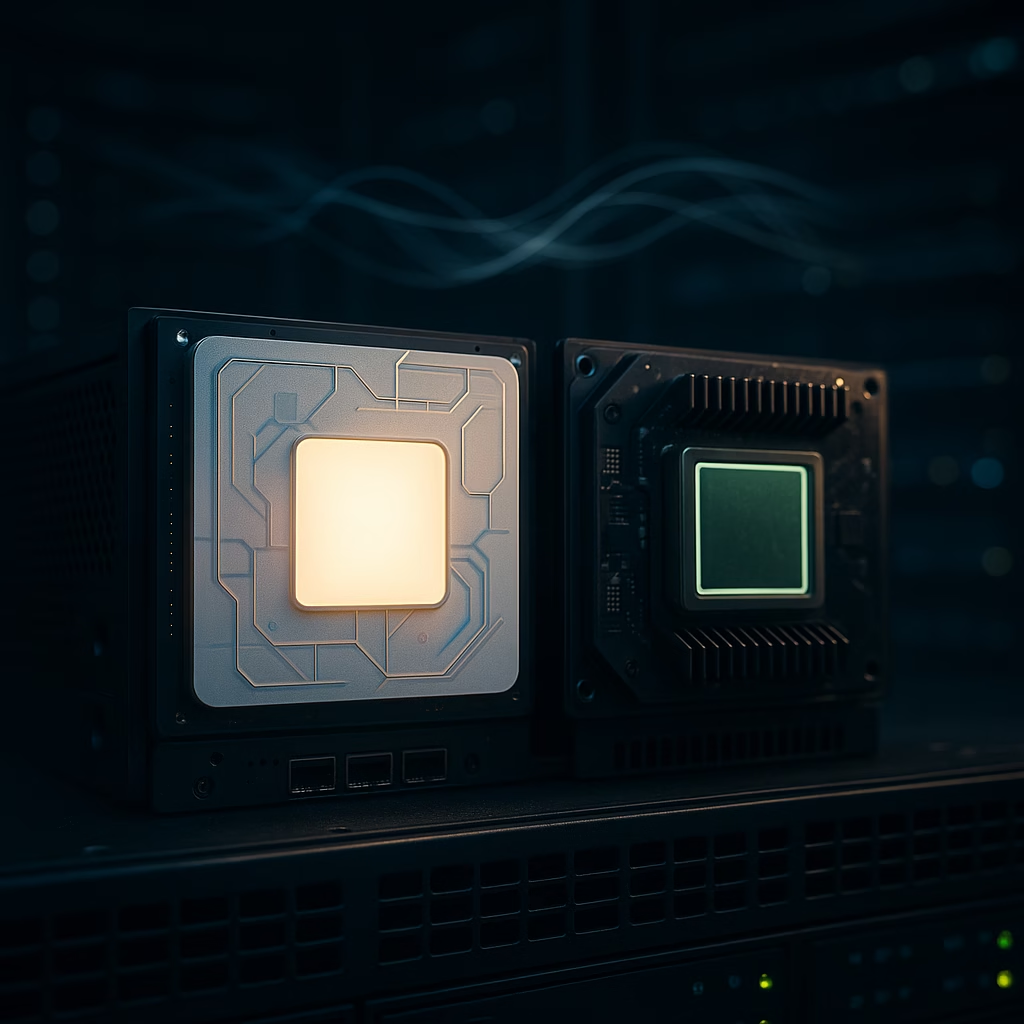Improving Deep Learning with a Little Help from Physics
The Fusion of Deep Learning and Physics: A New Frontier in AI
Artificial intelligence has made major strides in recent years, particularly through the use of deep learning algorithms. From image recognition to natural language processing, deep learning has enabled machines to perform remarkable feats. Yet, as these systems become more complex, researchers are encountering new limitations – most notably in stability, reliability, and energy consumption. Enter an unexpected ally: physics.
By incorporating principles from classical and quantum physics, scientists are beginning to address some of the longstanding issues in deep learning, resulting in more efficient and interpretable models. This unique hybrid approach—where physics augments machine learning—is setting the stage for a new era in AI research and application.
The Problem with Traditional Deep Learning Systems
Though deep learning has revolutionized the field of artificial intelligence, it is not without its problems. Modern neural networks can perform incredibly well during training, but they often falter in unexpected ways when deployed in real-world scenarios.
Key challenges include:
- Overfitting: Deep learning models can become excessively tuned to training data, losing generalization capabilities.
- Lack of Interpretability: Many neural networks act like black boxes, making it difficult to understand why they make certain decisions.
- Data Hunger: They require enormous amounts of training data and computational resources.
- Instability: Small changes in input can lead to wildly different and incorrect outputs.
These issues highlight the need for a more structured and principled way to train and run machine learning algorithms—a gap which physics might fill.
How Physics Can Enhance Deep Learning
In recent years, researchers have begun turning to physics to overcome the aforementioned challenges. While at first, the disciplines may seem worlds apart, physics offers rigorous mathematical frameworks and laws that can introduce structure and constraints into deep learning models.
Benefits of Physics-based Models:
- Improved Stability: Systems governed by physical laws behave more predictably.
- Better Generalization: Embedding constraints means the model is less likely to overfit training data.
- Energy Efficiency: Optimizations drawn from physics can lower compute demands significantly.
- Interpretability: Models infused with physical knowledge can provide more transparent reasoning processes.
The Rise of “Physics-Informed Neural Networks” (PINNs)
Among the most promising innovations in this field are Physics-Informed Neural Networks (PINNs). These models are designed to integrate differential equations—key tools in physics—directly into the training process of a neural network.
Instead of solely learning from data, PINNs are trained to also respect the physical laws governing the problem space. For example, in modeling fluid dynamics, a neural network doesn’t just look at observed behavior; it is also optimized to conform to known laws such as the Navier-Stokes equations.
This approach yields models that are not only more accurate but also require smaller datasets, making them ideal for situations where data is scarce or noisy.
Real-World Applications of Physics-Augmented Deep Learning
Integrating physics into deep learning isn’t just a theoretical exercise—it’s already showing benefits in various industries.
Aerospace and Mechanical Engineering
Simulation tools in aerospace and automotive design often rely on solving complex partial differential equations. PINNs can simulate airflow, thermal dissipation, and material stress with greater speed and reduced computational overhead compared to traditional CFD (computational fluid dynamics) methods.
Climate Modeling and Earth Sciences
Grasping global environmental systems requires understanding a massive array of interrelated variables, many of which obey physical constraints. PINNs are helping meteorologists and climate scientists improve predictions by factoring in underlying physical laws, leading to more confident long-term forecasting.
Healthcare and Biosciences
Whether it’s modeling the flow of blood through arteries or understanding protein folding, deep learning networks informed by physics are enhancing simulations, reducing the need for expensive lab experimentation, and speeding up research timelines in medicine and biology.
Challenges of Merging Physics and Machine Learning
Despite its promise, the fusion of physics and deep learning is not without its difficulties. Incorporating physical constraints increases the complexity of model development. Additionally, finding ways to accurately represent physical laws in neural network architectures is still a work in progress.
Some of the current challenges include:
- Model Complexity: Including physics laws adds more terms and constraints to loss functions, making optimization harder.
- Computational Load: Physics-aware models can sometimes be heavier initially due to additional calculations involved in constraint enforcement.
- Versatility: Not all problems have clear physical laws that can be encoded, limiting the application space for now.
Still, the potential advantages may far outweigh these trade-offs as tools and techniques mature.
The Future: Toward More Intelligent and Sustainable AI
As the AI community continues its pursuit of smarter, safer, and more sustainable algorithms, leveraging principles from physics could be a key driver of progress. The field is still emerging, but what’s clear is that this interdisciplinary collaboration is yielding tangible benefits.
Looking ahead, we can expect to see:
- Broader adoption of PINNs in industry and academia.
- Development of hybrid models that learn from both data and laws of nature.
- AI systems that are more robust, interpretable, and aligned with real-world mechanisms.
Final Thoughts
Deep learning has proven to be a powerful tool, but as it evolves, it must also become more disciplined and principled. Integrating physics is not just about making networks more accurate—it’s about ushering in a new paradigm for AI, one grounded in our understanding of the universe.
From modeling weather systems to predicting material performance, the infusion of physical laws into AI systems creates a powerful synergy that leads to more trustworthy, efficient, and insightful technology.
In the coming years, expect to hear much more about this exciting cross-pollination between physics and machine learning—because sometimes, the best way forward is to look back and rediscover the laws that have governed our world all along.
Want to Know More?
If you’re excited by the possibilities of physics-informed AI and want to delve deeper into this emerging discipline, subscribe to our blog. We’re passionate about bringing you the latest advancements where science meets cutting-edge technology.
Stay curious, and stay tuned.
Tags: Deep Learning, Physics, AI, PINNs, Machine Learning, Neural Networks, Computational Physics, Interdisciplinary AI< lang="en">







Leave a Reply